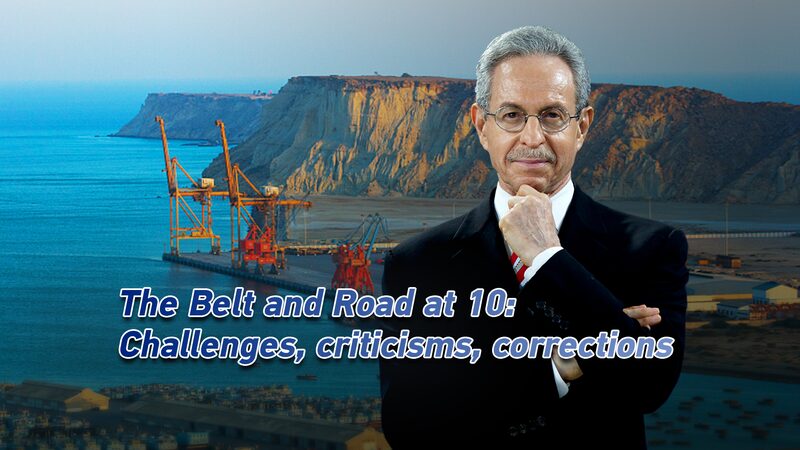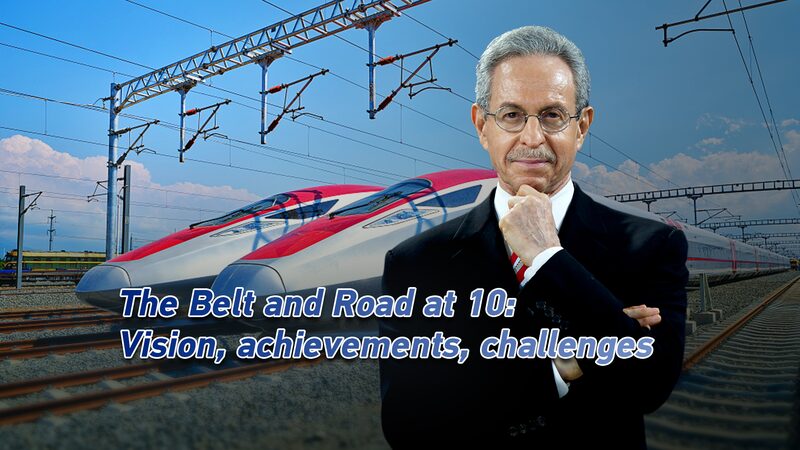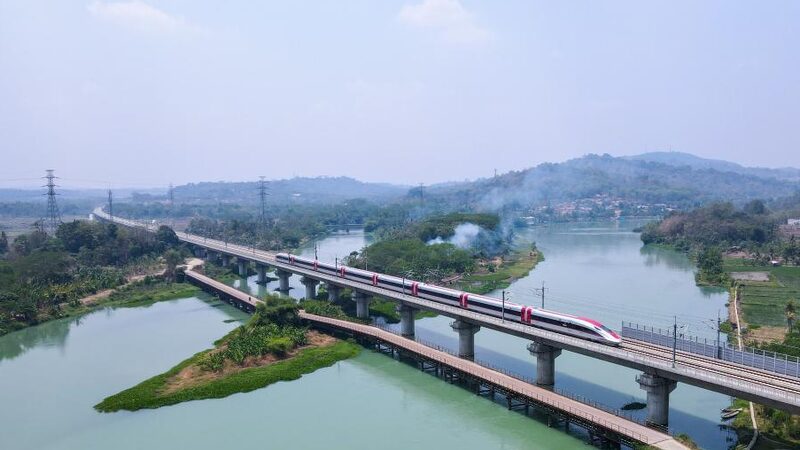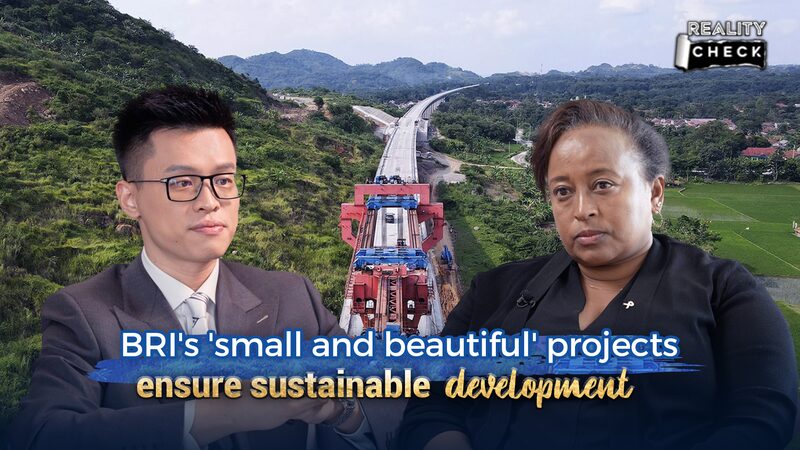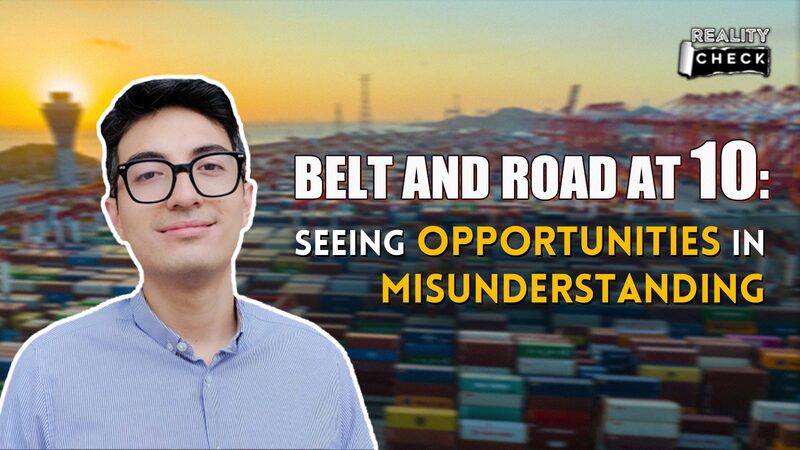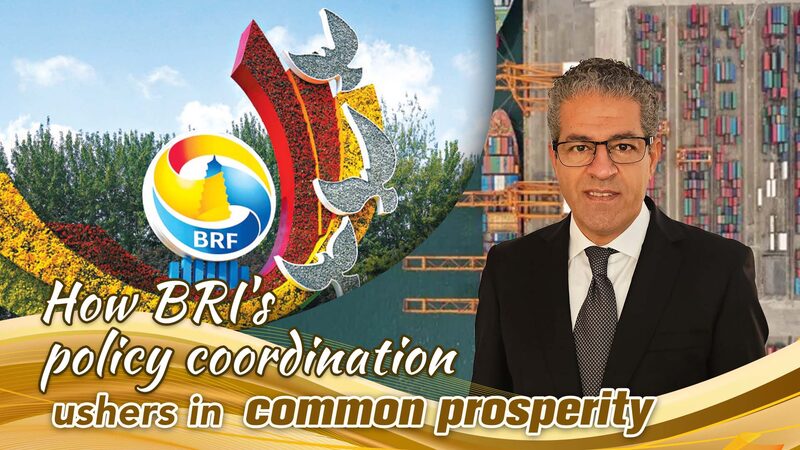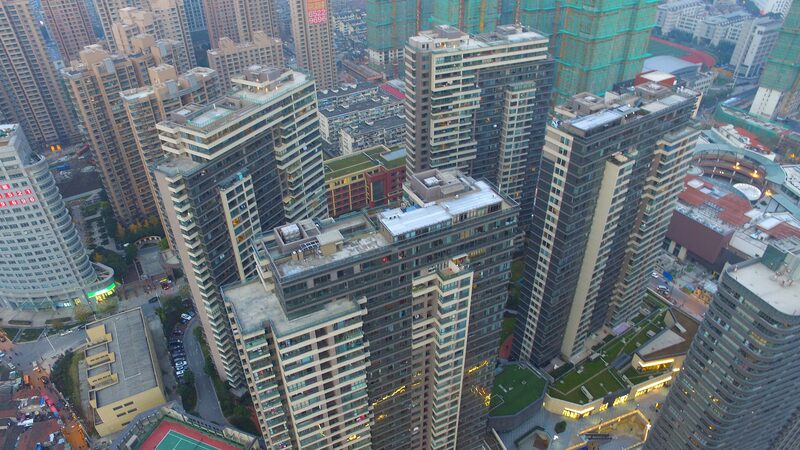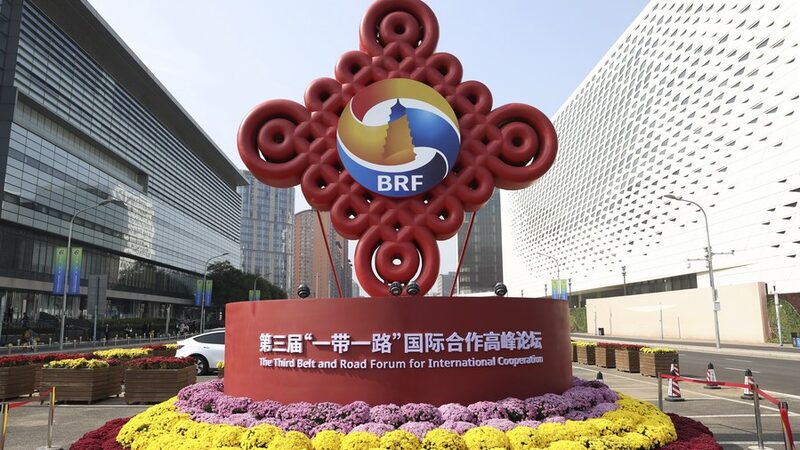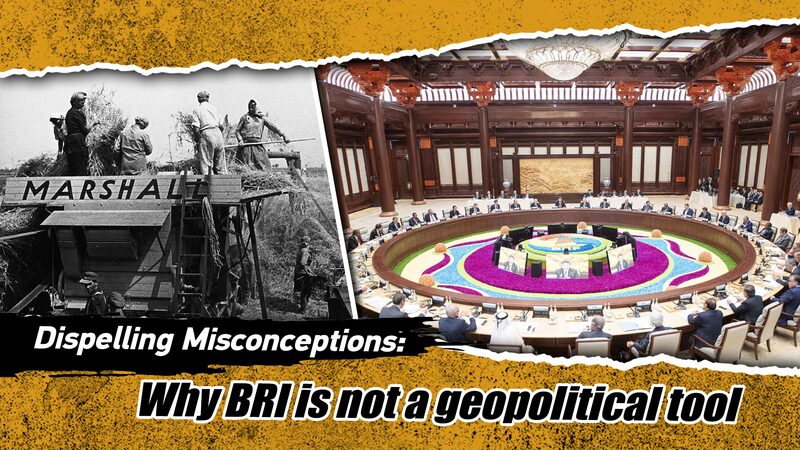As the Belt and Road Initiative (BRI) reaches its 10th anniversary, China reflects on a decade of global infrastructure development while navigating new challenges and charting future directions. Originally envisioned by President Xi Jinping as a “project of the century,” the BRI has mobilized nearly a trillion dollars and established over 3,000 cooperation projects worldwide, significantly impacting Asia’s economic landscape.
However, changing global economic conditions have presented obstacles. A slowing global economy, rising interest rates, and higher inflation, compounded by the pandemic, have left some developing countries struggling to service their debts. In 2022, nearly 60% of China’s overseas loans were held by countries facing financial distress, a significant increase from 5% in 2010.
Critics have raised concerns about the debt burdens associated with BRI projects. Instances in countries like Sri Lanka and Zambia have highlighted the complexities of international lending and the risks of debt crises. Nevertheless, studies have shown that while debt renegotiations are common, asset seizures are rare. China’s approach often involves restructuring debts to support borrower nations.
Southeast Asia remains central to the BRI’s vision, with major projects such as the 1,035 km high-speed railway in Laos, the recently opened 142 km Jakarta-Bandung high-speed railway in Indonesia, and the ongoing 665 km East Coast Rail Link in Malaysia. These projects aim to bolster regional connectivity and economic growth. Yet, challenges such as land ownership disputes, labor rights issues, corruption, and environmental concerns have emphasized the need for careful project management and community engagement.
In response to these challenges, China is adapting its strategies. New financing methods through institutions like the Asian Infrastructure Investment Bank and the Silk Road Fund aim to implement world-class financial standards, including rigorous due diligence and tailored financing structures.
Chinese officials are keen on learning from early BRI experiences to enhance future projects. Emphasis is placed on tightening project selection processes, making initiatives more productive and financially viable, and implementing robust risk management systems. Recognizing the importance of local conditions, there is a focus on cultural sensitivity, environmental sustainability, and support for indigenous industrialization.
As the BRI enters its next decade, China’s commitment to infrastructure development remains steadfast. By addressing challenges and refining approaches, the BRI aims to continue fostering global economic ties and contributing to the development of participating nations. The initiative’s evolution reflects a dynamic response to global economic shifts and underscores China’s role in shaping the future of international cooperation.
Reference(s):
The Belt and Road at 10: Challenges, criticisms, corrections
cgtn.com
